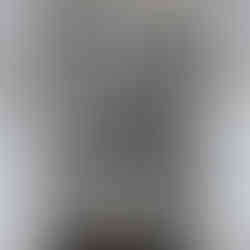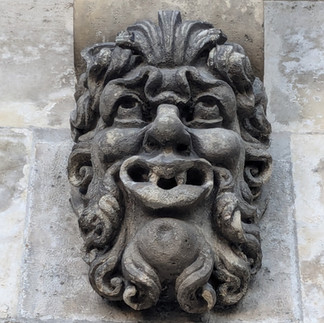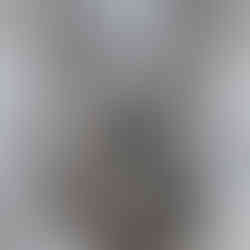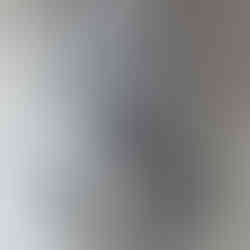Paris, walking, and little things
- chirp54
- Nov 1, 2024
- 3 min read
Upon arrival in Paris, I had an idea of what I wanted to do and set about trying to book tickets. Maybe it's because I've been sewing a lot, but I had it in my head that I'd like to see some of the couture and jewelry exhibitions that I've never seen. I don't know if there was a fashion event going on or if it's just that more people are traveling in the off-season, but there were no tickets available all week for La Gallerie Dior, Musee Yves St. Laurent, or Musee Lalique. I'll know, if I ever come back, to plan way ahead. Looking online at what exhibitions were on, I booked a ticket for "Luxe de Poche" at the Cognacq-Jay Museum. It featured a selection of miniature objects from the 18th and early 19th century: snuffboxes, perfume bottles, etc. It was a wondrous display of craftsmanship or a horrifying look at the excesses of the upper lass. I'm always torn.
The Cognacq-Jay Museum is in an unprepossessing building on a side street that, quite frankly, I have no idea how I found. Thank goodness for GPS.

Once inside, I got my first taste of the rude Parisian of legend. I showed my confirmation to the clerk minding the entrance but when my ticket was not downloading, he uttered a number of exasperated phrases that, happily, my limited French didn't allow me to understand. Finally, with a wave of his hand, he said, "Zhoost go" which I understood to mean "Just go." So I did just go into the museum to the first of the displays, a collection of snuffboxes. It was a tiny bit confusing at first because the French word for enamel is émail but I'm a smart girl and I know that you can't make a good snuffbox out of an email.


There was a sign with a wonderful explanation of why these small items were so popular. They were expressions of a culture of sophisticated elegance. On a social outing it would be considered polite to take out a tiny snuffbox and offer some ground tobacco to your company. They were useful, yes, but above all they were a means to display refinement and taste. Many of the items were studded with diamonds or other jewels. They were lovely and sometimes quirky, as in these message cases (presumably containing paper and a pencil) in the shape of asparagus.

A tiny (1.5 inch) music box.

A little fan in a violin-shaped case:

Scent box:

Perfume bottle in the shape of a fox and a crow:

This was my favorite: it's a perfume atomizer. When you cock the hammer it releases the trigger which, when pulled, sends perfume squirting out of the flower at the end of the gun.

The permanent collection is not terribly exciting, so I breezed through it and then headed out. I walked from the Marais district toward the river, passing a lot of really interesting small shops along the way. I have to say that small businesses are still the rule, not the exception, in Paris so you find vastly different things from one store to the next. I ended up at the Rue St. Antoine and the Church of St. Paul and St. Louis, constructed from 1627-1641 on orders of King Louis XIII. It's not terribly famous, but it is lovely.


Nearby was a branch of one of my favorite stores, Pylones. They make wonderful, whimsical things like tongs in the shape of alligators and the diving salad servers. Their products make me smile and I can always find a dozen things I want to bring home.


I passed a lovely garden at the Rue de L'Hotel de Ville,

made a new friend near the Rue Regrattier,

then headed slightly south to see the current state of Notre Dame Cathedral.


I crossed the Seine

and walked down to the Pont Neuf with its wonderful grotesque faces, aka the mascarons.
With nowhere special to go, I wandered around enjoying the sights. Loved the name of this cafe. How did they decide on that, do you suppose?

I ended up at the Jardin des Plantes which was not as green or floral as I might have wished.


Within it is a natural history museum, archives, libraries, greenhouses, and a zoo. There is also a small memorial to Henri Becquerel who, along with Pierre and Marie Curie, won the Nobel prize for their discovery and work with radioactivity.

There's a lovely statue of Bernadin de Saint-Pierre by Louis-Joseph Holweck.

And this wonderful, horrible statue of a man with a dead bear cub hanging from his waist, stabbing and being attacked by the mother bear called "Denicheur d'oursons" or "Finder of the Bears."

By this time I had logged about 18,000 steps and my feet were complaining so it was time to find a metro back to the hotel.















Comments